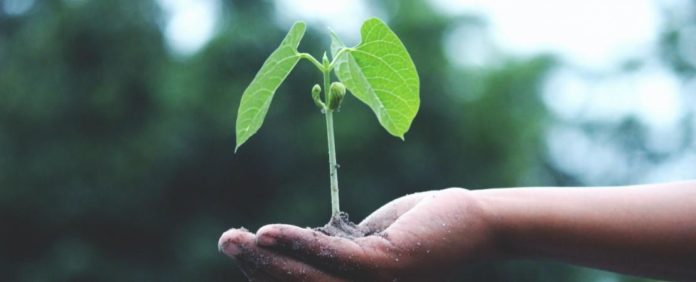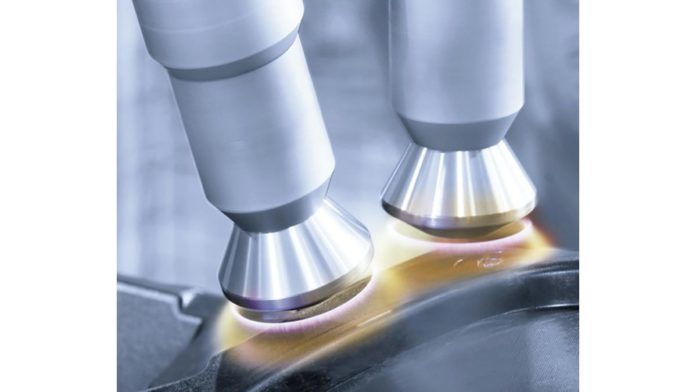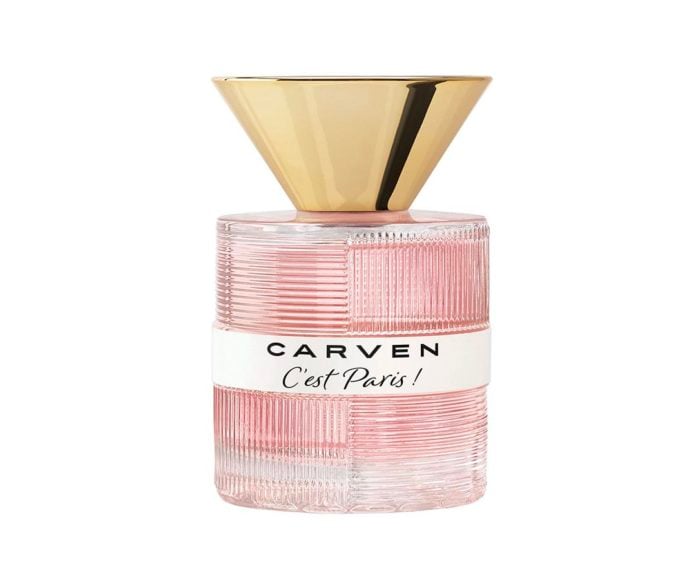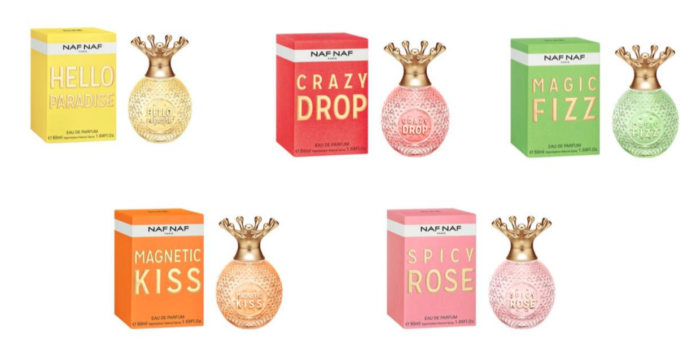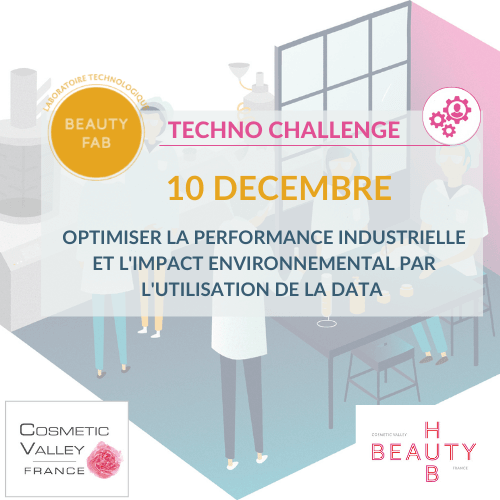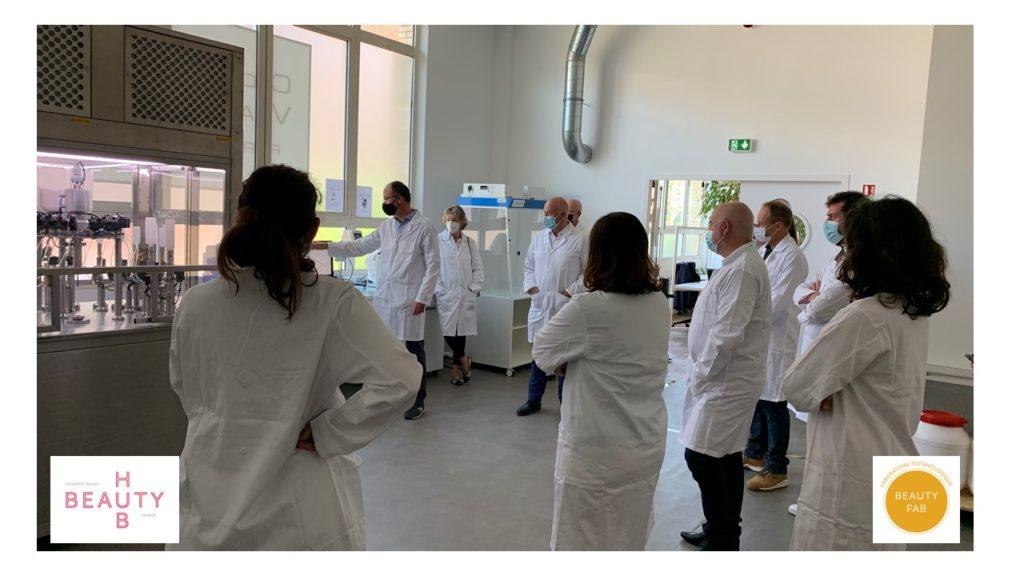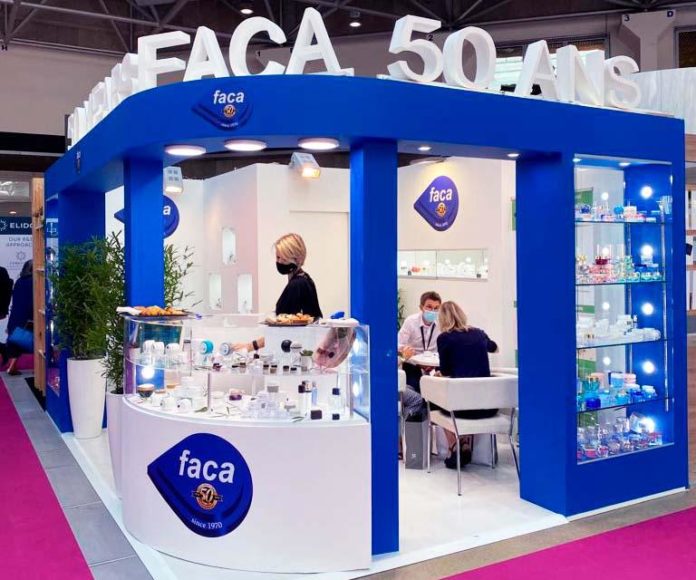After an initial trial in 2020, Mustela's "Reviens" refillable glass flacon is now available in 21 pharmacies in France. It allows customers to replenish their supplies of Gel lavant doux and Gel lavant certifié Bio, two products offered in refill format.
In 2020, Mustela experimented with the distribution of refillable products in two pilot pharmacies, a first in the baby care market.
Two references were offered: the certifié Bio Washing Gel and, given the health context, a hydroalcoholic gel. In January 2021, the latter was replaced by Gel Lavant Doux, one of the brand's bestsellers. A machine dispenses the product in a 480 ml glass flacon called "Reviens", washable, reusable and recyclable. Empty flacons are made available to consumers in exchange for a 3 euro deposit. To identifier the product and guarantee its traceability, the machine automatically edits a label to stick on the full flacon. All with the same high standards of quality, hygiene and safety as for all the brand's packaged products, Mustela explains.
Conducted over a 12-month period, the trial was part of a wider eco-design approach to products, with a particular focus on reducing packaging. The aim was to validate the environmental benefits of the refill system compared with disposable products.
For over 15 years, the brand has been committed to a militant and ambitious approach aimed at minimizing its impact on man and planet. Among the many avenues for improvement already explored: naturalness, with formulas that today contain an average of 96 % of ingredients of natural origin.1 but also the creation of an organic range in 2019.
In 2010, it implemented an eco-design policy that has so far saved 145 tonnes of plastic and 65 tonnes of cardboard.2 and 100% flacons are now recyclable3. This makes Mustela the first French dermo-cosmetics brand to be certified B Corp in 2018.
Along with several other B Corp companies, it is committed to achieving net zero carbon by 2030, 20 years ahead of the Paris Agreement targets. Among other things, it is stepping up actions to reduce energy consumption at its production site in Epernon (Eure-et-Loir, France), cutting electricity consumption by 19.4%, gas consumption by 24.6 % and water consumption by 13.2 % since 2010.4).
"Today, that's not enough. For us, the circular economy and waste reduction are the way forward to further reduce our environmental impact. At every stage of their life cycle, our products must be as virtuous as possible. Every step we take is a further step towards zero waste, stresses Karen Lemasson, CSR and Open Innovation Director at Laboratoires Expanscience. This refill initiative also illustrates our desire to support and encourage consumers in the transition to more responsible consumption patterns."
Avoiding the wrong idea with life-cycle analysis
With the roll-out extended to 21 pharmacies, the experiment has now reached a new milestone. To support its approach, Mustela, with the support of Ademe, drew on the expertise of Coopérative Mu, an eco-design agency, which carried out a life-cycle analysis (LCA) comparing the environmental impact of the refill version of the Gel Lavant certifié Bio with that of its single-use counterpart. The aim was first to ensure that the refillable offer was more virtuous, and then to identificate areas for improvement before moving on to the deployment phase.
As the first step in a life cycle assessment carried out according to a standardized methodology (ISO 14040), Mustela has collected all the data on the product and all the stages in its life cycle, from raw materials (their origin and production conditions), manufacturing (the energy used on the production site), transport, to the finish of its journey (recycling or incineration), not forgetting its use by the final consumer (water consumption for bathing or showering).
All the information was then processed using software to model and prioritize the impact on the environment and on people. "With life cycle analysis, we go far beyond environmental "common sense" and preconceived ideas, explains François-Xavier Ferrari, co-founder of Coopérative Mu. Every product has an impact on the environment! The product that has no impact is the one that doesn't exist. Every eco-design project involves finding the best balance between several requirements: taking into account the environment, taking into account human needs, but also technical and economic requirements".
All these sometimes contradictory requirements mean that the right choices have to be made. For example, Mustela compared the impact of washing the flacon at home and in a carwash before opting for the former, as the network of carwashes is still insuffisufficiently developed in France. A further opportunity to fully involve consumers in the approach.
Recharge wins
Other factors to take into account when calculating a product's environmental impact are its lifespan and number of uses.
Mustela's analysis concludes that the choice of glass refill is more virtuous after three uses of the "Reviens" flacon. A reduction in the product's environmental impact is noted on the main criteria taken into account in the LCA.
Switching from single-use plastic flacon to refillable glass flacon reduces plastic consumption by 76 % and C02 consumption by 220 grams of CO25equivalent to a 5W LED bulb burning for 777 hours.
Compared with the first trial, the pump has been improved to optimize product delivery. Mustela is currently studying the possibility of a fully recyclable pump. The brand offers the option of washing the flacon at home before taking it back to the store, following the washing instructions provided.
1. Excluding specific treatments such as solairess
2. Between 2010 and 2020
3. According to French market sorting criteria
4. Results recorded between 2010 and 2020, at the Epernon site, per 100 units produced.
5. Comparison between a single-use plastic-packaged washing gel (400ml) and a refillable glass flacon (480ml) over a one-year period (based on three washing gels consumed).
Bulk market on the rise
The bulk market (all sectors combined) continued to grow in 2020, even if growth was significantly slowed by the health crisis. Growth between 2018 and 2019 was 41 %. With the return to normal, the market should reach 3.2 billion euros in 2022.
Source Réseau Vrac/Nielsen, December 2020.





